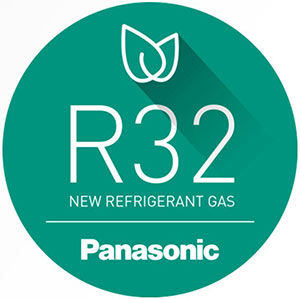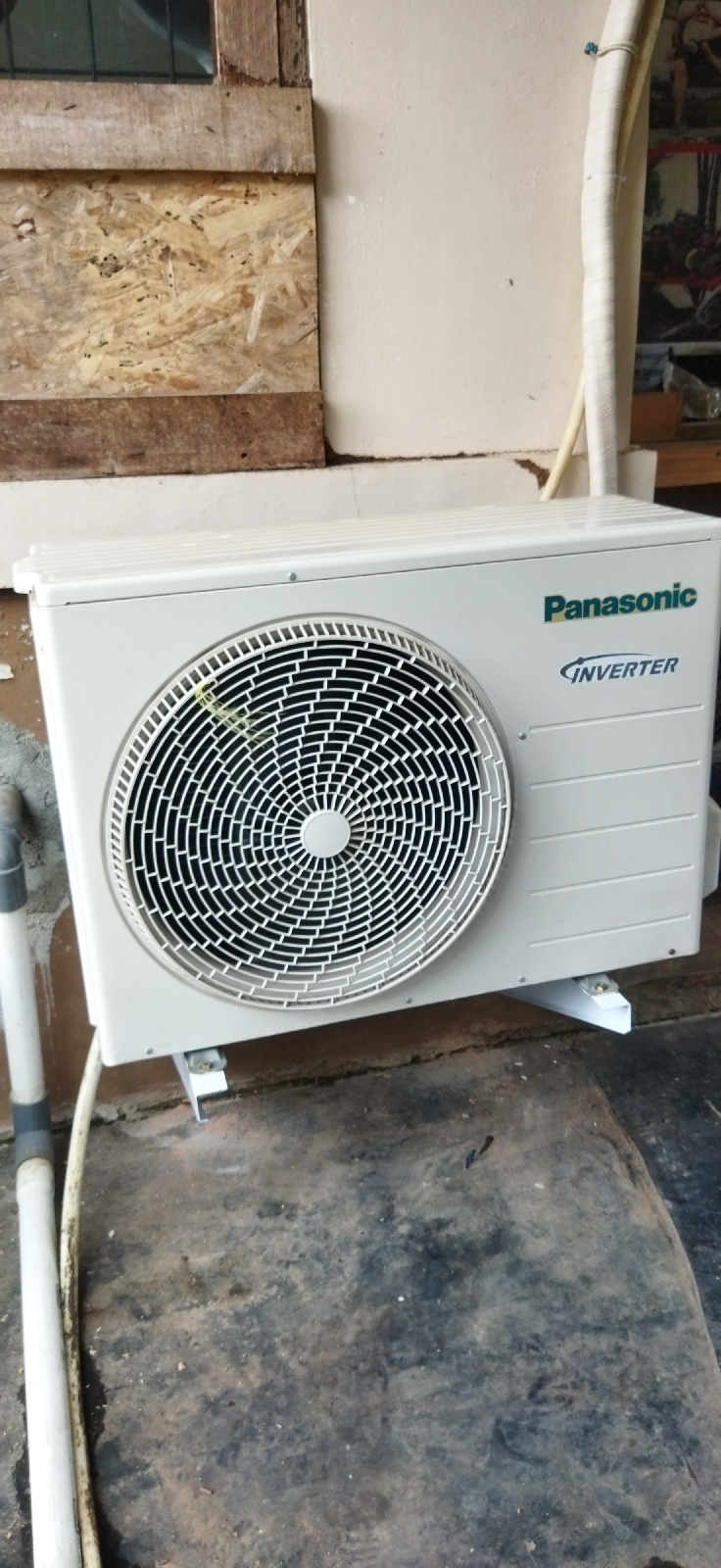Panasonic R32
EUROPE: Panasonic is set to follow Daikin and introduce air conditioners running on the lower GWP refrigerant R32.
The company introduced R32 version of its HZ Series to the Nordic market in September 2015, and is now set to introduce new R32 models across the rest of Europe within the coming months. The Cooling Post believes that this could be as early as April in the UK.
In addition to the new product introductions, Panasonic will also be offering comprehensive training and information on R32 to help distributors and installers get to grips with the new technology.
Commenting on the refrigerant’s “mild flammability”, Marc Diaz, Panasonic’s UK & Ireland country manager said: “R32 has been used for many years, making up 50% of current R410A gasses. Not only is it a more efficient and environmentally friendly alternative to R410A, but it is equally as safe to use. There have been concerns surrounding the fact that R32 gas is partly flammable, however, this gas is extremely difficult to ignite. In the rare case a fire were to start, R32 burns at a slower speed than walking pace, at 6.7cm/s as opposed to Propane’s burning velocity of 46cm/s, reducing the likelihood of any damage.”
Maintaining that R32 poses no risk “under normal, everyday circumstances”, head added” “There is no possiblity of an ignition caused by a spark within the machine or in the magnetic switch of a power panel.
“Only under extremely specific circumstances might ignition occur. An example of this would be when ignition energy is applied whilst the gas concentration of R32 is between 13.3% and 29.3%. This gas concentration materialises at a level at which oxygen deficiency can occur (18% oxygen concentration or below), an environment in which people will not work in.”
As has been reported, R32, like all HFCs will break down into three components: carbon dioxide, carbon monoxide and hydrogen flouride, which converts to hydrofluoric acid, a toxic substance, when it comes into contact with water. “It is important to remember that this is the case for all commonly used HFC refrigerants,” said Marc Diaz. “Indeed this process clearly indicates how important it is for those working in the refrigeration sector to be mindful of safe and proper working practice at all times.”



Comments
Post a Comment